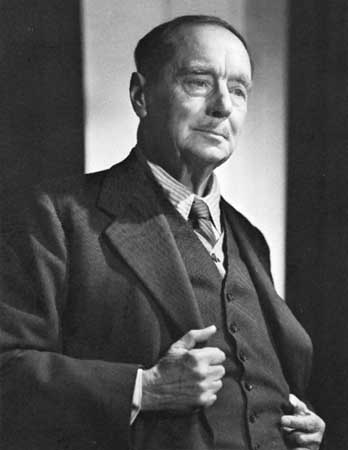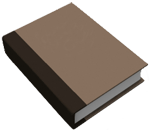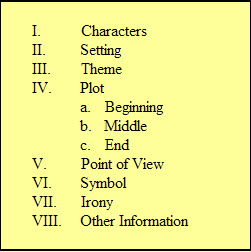
THE COUNTRY OF THE BLIND

THE COUNTRY OF THE BLIND

You are going to read H.G. Wells' short story, "The Country of the Blind." There is an old saying that goes like this: "In the land of the blind, the one-eyed man is king." It is a simple phrase that means that the person with the least of a deformity should rank higher than those worse off. It seems to make sense, but Wells turns the phrase on its head in his story. In his story, those who are deformed think that they are not only normal, but superior.

Remember: You are responsible for all of the highlighted vocabulary words! Now would be a good time to use your binder. If you would prefer to print out the story, you may do so: The Country of the Blind.
Activity
You are going to write your own short story.
A short story is a fictional narrative written in prose, which is shorter than a novel. Because it is so short, the short story often limits itself to one main event, and the development of one character or a single aspect of a character. A short story lacks the complexity and detail of the novel, but it may gain in impact through the compression of character and events.
Think of the short stories you have read so far. The action is to the point, usually seen from the point of view of one character. Can you think of one moment in your life that could become a short story?
Prewriting
Planning is essential when writing a story. Your prewriting activities will help you formulate interesting characters and an understandable plot. This is the time to brainstorm, and write down all of your ideas. You can leave out some of them when you write, and you can add additional information later.
| 1.) Decide what your story is going to tell. 2.) Choose your plot, your character(s), setting, point of view, symbol, irony, and theme. 3.) Jot down all of your ideas; then decide which you will use. 4.) You may research your ideas to gain the needed information. 5.) You may discuss your ideas with others to gain additional insight. |
In the question section of this unit, you will submit an outline for your short story. Please follow this format:

 |
|